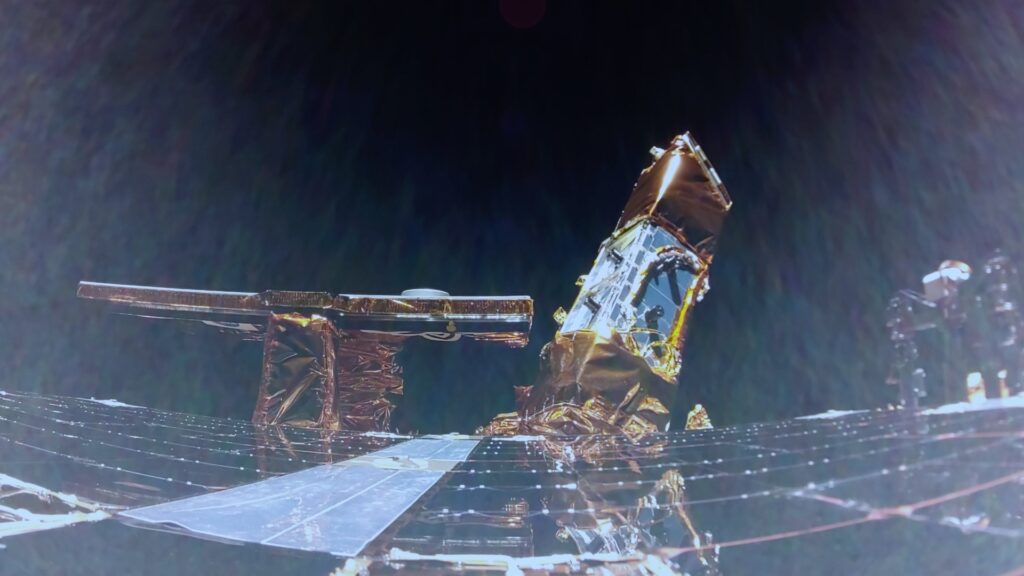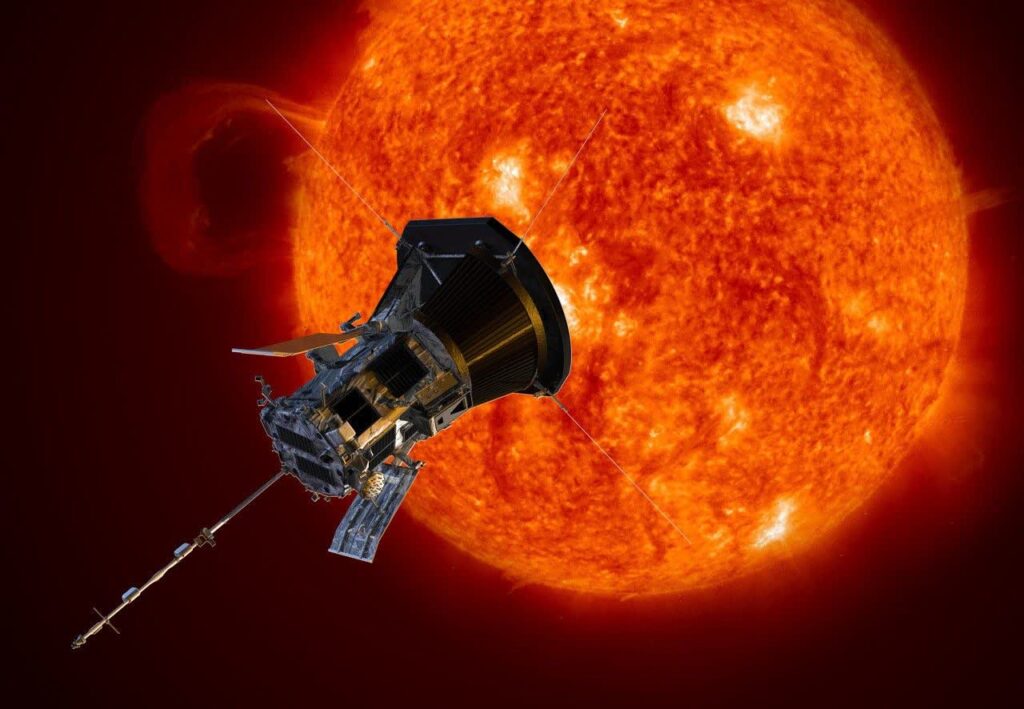NASA Losing VIPER Rover Defangs the Science from Planned Moon Landings
NASA Space Technology
In July NASA announced its intent to erase its planned VIPER lunar rover from its roster of robotic explorers. Slated to launch in 2025, the rover’s primary job was to study water ice near the moon’s south pole. For the first time, scientists would measure from the lunar surface how much ice might be tucked beneath shadowed soils, and see how deep that ice goes and whether it comes in chunks or cubes or if it clings in minuscule amounts to tiny dust grains. As part of NASA’s Artemis program—the agency’s ambitious plan to return humans to the moon—VIPER’s observations were crucial for sustainable human space exploration.
Delays and budgetary constraints got in the way. Initially the price tag for VIPER (Volatiles Investigating Polar Exploration Rover) was $433.5 million, but delays pushed its projected cost to more than $600 million. Faced with a cramped budgetary reality, NASA leaders canceled the VIPER mission, saving approximately $80 million, but they say they’re open to offers from industry and international partners to use the rover, which is largely complete, either whole or in parts.
In a conversation with science journalist Nadia Drakeformer NASA official Thomas Zurbuchen argues that losing the VIPER mission does more than just zero out some cool lunar science—it pulls the scientific teeth from the Artemis program in an irreversible way. Zurbuchen served as NASA’s associate administrator for science from 2016 to 2022, and he knows a thing or two about mission cancellations and Artemis science.
NASA Space Technology On supporting science journalism
If you’re enjoying this article, consider supporting our award-winning journalism by subscribing. By purchasing a subscription you are helping to ensure the future of impactful stories about the discoveries and ideas shaping our world today.
This conversation has been edited and condensed for clarity.
Since we’re talking about the recently canceled VIPER mission here, it’s probably worth mentioning that when you were NASA’s science chief, you canceled more than a few science missions. How did you make those decisions?
For me, canceling a mission is a really healthy thing. You want to do hard missions that teach us something new about nature—but you also want to have the courage to walk away from them if they are not being developed on time or within budget.
So missions need to be built in ways that are scientifically exciting, but they also need to make sense to taxpayers. And if we’re serious about fiscal discipline, and we should be, we should have the courage to cancel missions that do not perform.
One of the hardest decisions I made—this was in early 2018—was canceling the Radiation Budget Instrument that would have made radiation measurements of the Earth from space. The expected instrument cost was at least a factor of two over budget, and the team’s performance was just not getting better. And further, we convinced ourselves that we could make these measurements in ways that were a lot cheaper—it didn’t have to be done this way. So I also think that was one of my smartest decisions at NASA.
I also don’t believe in sunk cost arguments. That’s a fallacy. For example, I would have canceled the Psyche mission in 2022 if agency leadership allowed me to, even though NASA had already invested over a half a billion dollars in it. It was delayed and over budget. And I think that would have helped the Jet Propulsion Laboratory and others that built the spacecraft[which[whichlaunched to a metal-rich asteroid in 2023]to know that, “Hey, you don’t have us over a barrel even if we love these missions.”
But you have not canceled other missions that had serious challenges, like the James Webb Space Telescope—and that one was both extremely delayed and over budget. Why?
In reality most missions in the Science Mission Directorate stay within budget. When they don’t, though, there are two critical areas I balance with that fiscal discipline argument. The first is science priority. How important is the science from this mission? That’s not determined by a NASA official but by the science community, through the National Academies [of Sciences, Engineering and Medicine’s] decadal surveyswhich set science priorities within space science disciplines every 10 years.
So first you ask yourself, “Is this mission’s science a priority in the decadal?” The Psyche mission was not a high priority. But JWST was. And the scientific investigation at the heart of VIPER is also a priority—the most recent planetary sciences decadal survey went out of its way to encourage investigations of polar volatiles on the moon. The next question, then, is, “Is the planned mission the only way you can achieve this science?” With JWST there was no other way to do that amazing science. And I think the same is true with VIPER—at least thus far. We actually went back and forth on that early on, but we know that you cannot get this science with commercially provided stationary landers. It’s just not possible.
You’d mentioned two areas. One is science priorities. What’s the other one?
Policy priorities. When the Artemis program was conceived—and I was an integral part of that, with a team led by former NASA administrator Jim Bridenstine—it was conceived of as an all-agency initiative to do sustainable lunar exploration on the way to Mars, with commercial and international partnerships. So it has multiple pieces, including big orange rockets [[the Space Launch System], but it’s not just that. Artemis is a strategy for long-term, sustainable lunar exploration, not just footprints and flags.
To make exploration sustainable, you have to focus on more than just getting there. You must make economic development and science key parts of the program, and VIPER was the crucial science element for Artemis with respect to lunar exploration.
By taking out VIPER, my worry is that we make a major hole in the Artemis program that disconnects these more enduring pieces from the big orange rocket. If VIPER goes, you cut a very large fraction of science from the Artemis program in a way that is not retrievable [from another mission]and certainly not by the end of this decade. I am of course not privy to the discussions that led to this proposed termination, but as I look at it, I don’t really understand why you can just wipe VIPER off the planet because of an $80 million problem. Even though I applaud the courage of the team to consider cancellation, I just do not understand it in the context of scientific and strategic priorities. NASA should be given the money to complete and fly this mission.
For what it’s worth, I never really thought of Artemis as having a strong science component. It always seemed like science was a ride-along, and you’re telling me that’s about to get worse. What happens now?
My worry is that much of the science in Artemis goes the way that science largely exists on the International Space Station (ISS). In my view, the science on the space station has been rather meager, considering the investment. There are a few transformative Science and Nature papers that are quite well cited, but there are not enough of them.
Some of the most important science that happens up there comes from instruments attached to the outside of ISS, with maybe a few flashes of broad scientific excitement from the inside—the astronaut twin study was one of those flashes. Inside the space station, science seems more like opportunistic science that’s in service of human space exploration—it’s not fundamental research.
So what worries me is that with this cancellation, science in Artemis is reduced to mostly opportunistic investigations. It’s no longer a program that actually drives toward deeper scientific understanding so that when everything is said and done, you have a much better understanding of the moon itself, or the timing of the outer planets’ migration, which has a lot to do with how we ended up in a stable solar system. The history book for all of that is written on the moon. It’s not on Earth. Right? And it’s not on Mars.
This is an opinion and analysis article, and the views expressed by the author or authors are not necessarily those of Scientific American.
Discover more from Tamfis Nigeria Lmited
Subscribe to get the latest posts sent to your email.



 Hot Deals
Hot Deals Shopfinish
Shopfinish Shop
Shop Appliances
Appliances Babies & Kids
Babies & Kids Best Selling
Best Selling Books
Books Consumer Electronics
Consumer Electronics Furniture
Furniture Home & Kitchen
Home & Kitchen Jewelry
Jewelry Luxury & Beauty
Luxury & Beauty Shoes
Shoes Training & Certifications
Training & Certifications Wears & Clothings
Wears & Clothings
















